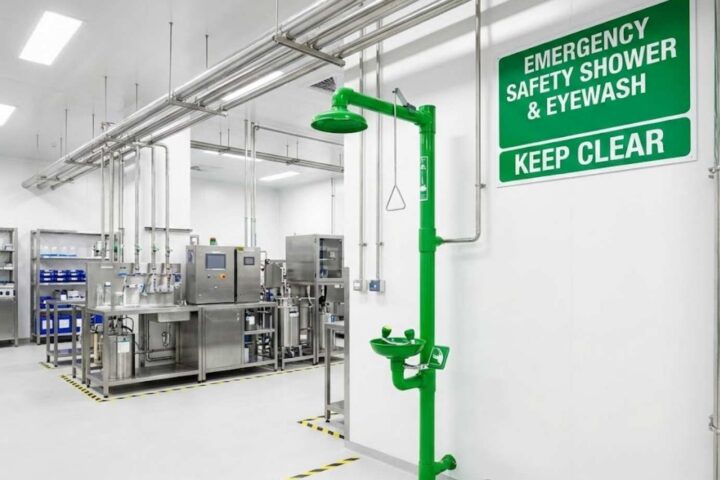Waterproofing is a great way to protect your tent from the elements. It’s also important to know about the different types of materials you’ll need for your tent and how to choose the best one for your needs.
Waterproof tents are made from fabrics that are designed to keep moisture out, and even if it does get in, it won’t be able to seep through the fabric and damage your shelter. If you’re looking for a waterproof fabric for your tent, there are a few things to consider before making a purchase decision.
Reputable fabric manufacturers will have different types of PU-coated tenting materials for all needs and use cases.
What is the best waterproof material for tents?
There are many types of materials that can be used for tents. The most common material is PVC, which is highly waterproof and strong enough to withstand high winds and snow. However, the downside is that PVC tends to be heavy and not breathable, so if you plan on using your tent in hot weather or during humid conditions, this may not be ideal for you and you will have to look for a PVC alternative.
Silicone also has great properties for use in tents but it isn’t as strong or waterproof as PVC or polyester. Silicone can also be slippery when wet, which makes it less comfortable than other materials like nylon or polyester.
Polyester is another popular option because it has a high heat-sealing temperature and doesn’t allow moisture through its fibers as nylon does. Polyester is also lightweight as polypropylene fabric, it can be used in hot weather without overheating you too much. However, polyester isn’t quite as strong as PVC or polyurethane films (PUF) so it’s not recommended for extreme weather conditions where high winds could damage the fabric inside the tent.
In a nutshell, the best waterproof material for tents is a combination of two things:
- Waterproof: You want your tent to be waterproof, so you don’t get wet in the rain or snow. This will keep your tent dry and comfortable, even if it rains or snows while you’re inside.
- Weatherproof: You also want your tent to be weatherproof because it will protect you against the elements — wind and sun. The best way to do this is with a durable fabric that’s been treated with an impermeable coating like DWR (durable water-repellent).
What is low carbon coated tenting material and how is it better than others?
Low carbon coated tenting material is a fabric that has been treated with polyurethane coating. This coating makes the fabric more waterproof and breathable. The polyurethane coating also makes it more durable, which means that it won’t wear out as quickly as other fabrics do.
There are many reasons why you’d choose PU-coated tenting material:
- High hydrostatic ratings
- Fire retardants with CPAI-84
- Very cheap
- High tear strength protection
It’s a great option for people who plan on using their tent repeatedly.
Is polyester or nylon better for a tent?
Tenting material is a vital part of the tent. It protects you from harsh weather and provides you with a comfortable sleeping environment. If you’re looking for a low-cost option for your tent, then you may want to opt for polyester or nylon. Both materials are affordable and easy to find at most camping stores.
Polyester
Polyester tends to be heavier than nylon (which can be an issue if you’re looking to pack light), so if weight isn’t an issue, then this could be another reason why you’d choose nylon over polyester.
Polyester is the most common material used in tenting as it’s water-resistant, breathable, and relatively lightweight. However, polyester can be prone to fading and cracking over time. It’s a durable material that can stand up to heavy use and can be washed in the washing machine.
Polyester is also resistant to tearing when it comes into contact with sharp objects such as rocks or branches.
Nylon
Nylon has better breathability than polyester does, making it better for hot weather conditions like those found in summertime campgrounds or on beaches where you’ll be spending most of your time outdoors anyway.
Nylon is a popular choice for tents as it’s durable and weather resistant. Nylon has been used for years by military personnel, which means that it is strong enough to withstand abuse without breaking down easily. It’s used extensively in tents and other outdoor gear because it is lightweight, strong, and breathable.
Nylon doesn’t absorb water which makes it ideal for use in wet locations such as rainforests or swamps where waterlogged conditions may occur during storms or monsoons.
In conclusion
Waterproofing a tent is not as simple as just adding some spray-on or roll-on waterproofing to the outside of the tent. You need to think about how the rain will get in, and then figure out what material will keep it out.
- Polyethylene, or PE, is an inexpensive, lightweight, and water-repellent fabric that is commonly used for tarps and tarpaulins. It’s also used in tents because it’s cheap and easy to apply. PE fabrics have a higher affinity for water than nylon or other fabrics and stay damp even when they get wet.
- Polyester can be used as a layer on top of other waterproof materials to make them more durable, but it isn’t very breathable or water-repellent. The tradeoff is that polyester isn’t as susceptible to UV degradation as nylon, so it may last longer in direct sunlight (if you’re going camping).








